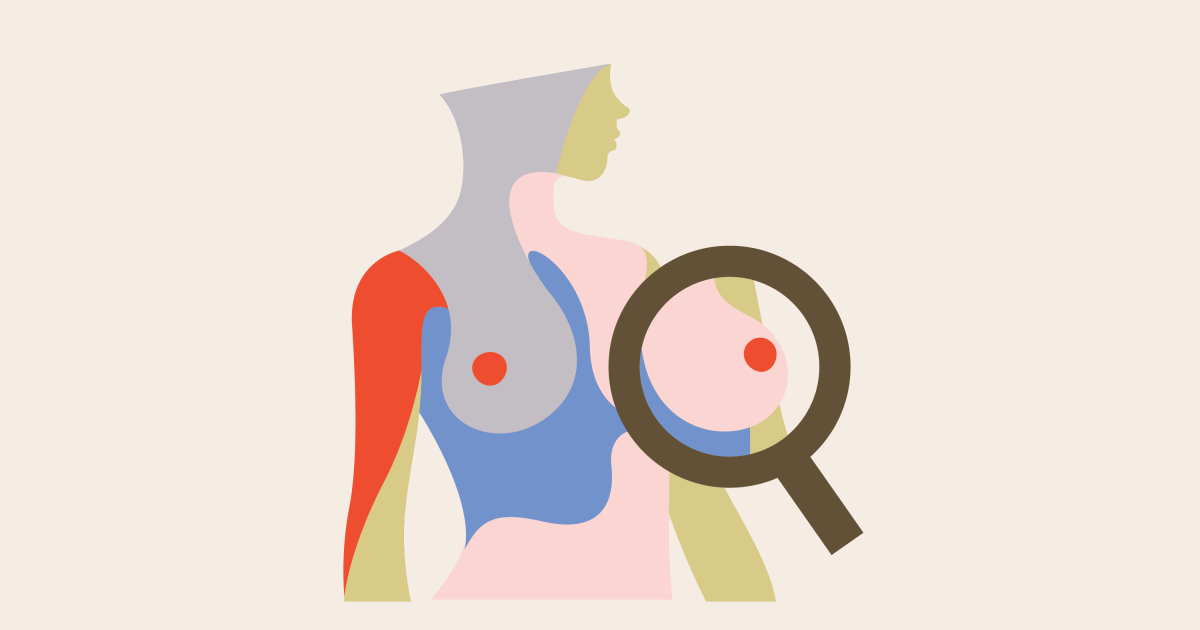The Importance of Breast Cancer Screening
- A woman from Omaha, Nebraska, says her COVID-19 diagnosis led to the discovery of breast cancer. She went to the doctors for her COVID-19 symptoms which was the first time she’d had an appointment in ten years. At that visit, her doctor performed overdue tests, including a mammogram, that led to the discovery of breast cancer and an abnormal growth in her uterus.
- She underwent successful surgeries on both her uterus and her breast, and now she said her mammogram came back clear.
- Mammograms, a standard screening procedure for breast cancer, and self breast exams can save lives. The American Cancer Society (ACS) recommends women begin mammogram screening for breast cancer at age 45 if they are at average risk for breast cancer
It was around October 2020 when Boidee Siso caught a case of COVID-19 that hit her hard.
Read More"The COVID in the moment was terrible you know, I didn't want anybody [to] have it, but at the same time it was a blessing for me," she said.
After her doctor pushed for various tests including a mammogram, she received not one, but two crucial diagnoses one for an abnormal growth in her uterus and the other for breast cancer. Siso then had surgeries on both her uterus and her breast. She was also told she should have radiation, but she declined the treatment.
Fast forward to this October, and Siso was faced with another mammogram that would carry more weight than the first.
“Through the glory of God, everything came back clear," she said.
And though it may seem odd to some, Siso made it clear that her success in beating cancer came because of her COVID-19 diagnosis. If she hadn’t sought out a doctor’s appointment after her intense virus symptoms, Siso might not have discovered her cancer at an early enough stage for the successful surgery her doctors performed. After everything that’s happened, her message to others is simple: prioritize your health, and have a little faith.
"Young people can remember, old people we forget about it," Siso said of crucial visits to the doctor’s office. "Write it down! Write it down, I need to do this appointment, that appointment, you know, work is important. Money is important. No more important than your health."
Understanding Breast Cancer
Breast cancer is a common cancer that has been the subject of much research. Many women develop breast cancer every year, but men can develop this cancer too though it is more rare, in part, due to the simple fact that they have less breast tissue.
There are many treatment options for people with this disease, but treatment depends greatly on the specifics of each case. Identifying these specifics means looking into whether the cancerous cells have certain receptors. These receptors the estrogen receptor, the progesterone receptor and the HER2 receptor can help identify the unique features of the cancer and help personalize treatment.
"These receptors, I like to imagine them like little hands on the outside of the cell, they can grab hold of what we call ligands, and these ligands are essentially the hormones that may be circulating in the bloodstream that can then be pulled into this cancer cell and used as a fertilizer, as growth support for the cells," Dr. Elizabeth Comen, a medical oncologist at Memorial Sloan Kettering Cancer Center, previously told SurvivorNet.
The Unique Features of Breast Cancer: Deciding the Right Course of Treatment
One example of a type of ligand that can stimulate a cancer cell is the hormone estrogen, hence why an estrogen receptor positive breast cancer will grow when stimulated by estrogen. For these cases, your doctor may offer treatment that specifically targets the estrogen receptor. But for HER2 positive breast cancers, therapies that uniquely target the HER2 receptor may be the most beneficial.
The Importance of Breast Cancer Screening
Screening for breast cancer is typically done via mammogram, which looks for lumps in the breast tissue and signs of cancer. And while mammograms aren't perfect, they are still a great way to begin annual screening. The American Cancer Society (ACS) recommends women begin mammogram screening for breast cancer at age 45 if they are at average risk for breast cancer.
For screening purposes, a woman is considered to be at average risk if she doesn't have a personal history of breast cancer, a strong family history of breast cancer, a genetic mutation known to increase risk of breast cancer such as a BRCA gene mutation or a medical history including chest radiation therapy before the age of 30. Beyond genetics, family history and experience with radiation therapy, experiencing menstruation at an early age (before 12) or having dense breasts can also put you into a high-risk category. If you are at a higher risk for developing breast cancer, you should begin screening earlier.
In a previous interview with SurvivorNet, Dr. Connie Lehman, chief of the Breast Imaging Division at Massachusetts General Hospital, said people who hadn't reached menopause yet should prioritize getting a mammogram every year.
When Should I Get a Mammogram?
"We know that cancers grow more rapidly in our younger patients, and having that annual mammogram can be lifesaving," Dr. Lehman said. "After menopause, it may be perfectly acceptable to reduce that frequency to every two years. But what I'm most concerned about is the women who haven't been in for a mammogram for two, three or four years, those women that have never had a mammogram. We all agree regular screening mammography saves lives."
It's also important to be on top of self breast exams. If you ever feel a lump in your breast, you should be vigilant and speak with your doctor right away. Voicing your concerns as soon as you have them can lead to earlier cancer detection which, in turn, can lead to better outcomes.
Learn more about SurvivorNet's rigorous medical review process.


